Fuji Og
Cannabinoid THC Dominant
THC 22 - 26%
CBD 0.37 - 0.47%
Effect Euphoric
Side Effect Paranoia
Flavor Mint
Fuji Og Strain Cannabinoids
| THC | Tetrahydrocannabinol, or THC, is a major cannabis chemical compound. It is a psychoactive element that stimulates dopamine release and induces euphoria or happiness. THC-rich strains may be helpful with such conditions as lack of appetite, chronic pains , etc. It is considered to be the primary active marijuana component. | 22 - 26% |
| CBD | Cannabidiol, or CBD, is a major compound in cannabis, which is non-psychoactive. It is also proved to counteract the side effects of the second major component THC. CBD is widely used for medicinal purposes in rubs, oils and so on. It is helpful in muscle pain cases, may treat arthritis and migraines. Even Greeks used it against pain, while Queen Victoria applied it to get rid of menstrual cramps. | 0.37 - 0.47% |
| CBC | Cannabichromene, or CBC, is a minor cannabinoid, meaning that its quantity in cannabis is quite little. Though it has the same origin as CBD and THC, it is different in functions. Without any psychoactive effects, it is an efficient cannabis compound in combating acne and depression. CBC produces analgesic, antibacterial and anti-inflammatory effects. | 0.22 - 0.24% |
| CBG | Cannabigerol, or CBG, is one of the minor cannabis compounds in adult plants. On the other hand, young ones contain a lot of this antibacterial and anti-inflammatory component. During the growth, CBG is converted into different cannabinoids, mostly THC and CBD. The compound itself increases appetite and decreases eye pressure. | 0.03 - 0.19% |
| CBN | Cannabinol, or CBN, is a trace element in cannabis that is considered to be mildly psychoactive. It appears from oxidation THC, exposed to light and heat. CBN is mostly contained in old cannabis and in traditional hashish. It is effective against insomnia, bacterial infections and appetite loss. | 0.55 - 0.67% |
| THCV | Tetrahydrocannabivarin, or THC-V, is a compound contained in cannabis in trace amounts. Even though it is close to THC molecularly, it is different in effects. This compound may be psychoactive only in large amounts. THC-V reduces blood sugar, controls appetite, stimulates bone growth, etc. African Sativa strains are the richest in THC-V. | 0.05 - 0.32% |
Fuji Og Strain Information
| Effects | |
| Side Effects |
Paranoia
Thirst and dry mouth
Dry eyes
Depression
Slurred speech
Headache
Insomnia
Tingly
Rapid heart beat
|
| Common Usage | |
| Taste | |
| Terpenes | |
| Breeder |
Unknown
|
| Color |
Green
|
| Strain origin |
Unknown
|
Fuji Og Strain Growing Information
| Flowering Time | 55 - 64 Days |
| Harvest Time | 61 Days |
| Flowering Type | Photoperiod |
| Height indoor | 30-60 Inches |
| Height outdoor | 60-80 Inches |
| Yield indoor | 1 - 2 Oz/Ft² (~ 400 g/m²) |
| Yield outdoor | 10 - 15 Oz/plant (~ 400 g/plant) |
Fuji Og Terpene Profile
| Carene | Carene (also known as Delta-3 carene) is a terpene found in rosemary, lemons, pines, and cedars, offering citrusy and cypress aroma. Studies on mice showed that carene provides anti-inflammatory effects, as well as promotes bone health and chronic pain relief. | 0.13% |
| Borneol | Borneol is a terpene with a woody, camphor-like aroma, naturally occurring in ginger, rosemary, camphor, and thyme. Borneol has been used in traditional Chinese medicine for thousands of years as an anti-inflammatory, pain-relieving, and anticoagulant means. Borneol has the distinctive property of boosting the effects of medical drugs. In cannabis, Borneol is one of the most commonly occurring terpenes. | 0.13% |
| Myrcene | Myrcene (also known as β-myrcene) is one of the most common terpenes found in cannabis, representing more than 20% of the modern marijuana terpene profile. Myrcene has a distinct earthy, musky flavor, resembling cloves. It is responsible for calming and soothing effects of weed. Myrcene is also found in hops, thyme, mango, lemongrass, guava melon. | 0.17% |
| Humulene | Humulene (also known as α-humulene) is one of the major terpenes found in cannabis, contributing to woody, earthy, spicy, herbaceous, and, mainly, floral aromas of cannabis. Used in modern medicine, humulene offers anti-inflammatory, antibacterial, and appetite suppressant effects, which have been well-researched by pharmaceutical companies. | 0.09% |
| Limonene | Limonene (also known as d-limonene) is the second most common terpene in nature and the third most common terpene in cannabis. It has a powerful citrus aroma and can be found in all citruses, including lemons, oranges, grapefruits, limes, juniper, etc. Limonene is known to elevate moods and provide anxiety, depression, and stress relief. | 0.06% |
| Linalool | Linalool (also known as beta linalool, linalyl alcohol, linaloyl oxide, and p-linalool) is one of the rarest terpenes found in cannabis, mostly in small quantities. Linalool is known for its spicy and lavender aroma, bringing relaxation and calming effects. It is also said to provide anti-inflammatory and analgesic properties that can be useful for athletes. | 0.11% |
| Pulegone | Pulegone is a less-common terpene found in peppermint and catnip, for example, with a sweet and minty aroma. In small amounts, pulegone could be found in some cannabis strains. It is reported to offer anxiety-relieving effects, increased cognitive performance, and sedative properties. Could remove dizziness. | 0.13% |
| Terpinolene | Terpinolene is one of the most common terpenes found in cannabis; however, It's usually presented in small quantities. Is responsible for piney, floral, herbaceous, and even a little bit citrusy aroma of cannabis. Terpinolene can be found in lilacs, nutmeg, and cumin. In cannabis, terpinolene contributes to the sensation of "freshness." Has the potential to reduce the risk of heart diseases. | 0.19% |
| Total terpenes content | 1.01% |
Fuji Og Terpene and Taste Chemistry
Similar Strains By Effects
THC 21 - 25%
CBD 0.08 - 0.97%
Effect Focused
Flavor Lime
THC 17.5 - 19.5%
CBD 0.74 - 0.96%
Effect Sleepy
Flavor Earthy
THC 16 - 16%
CBD 0.5 - 0.74%
Effect Talkative
Flavor Rose
THC 11 - 15%
CBD 0.01 - 0.07%
Effect Talkative
Flavor Apricot
THC 15.83 - 16.67%
CBD 7.02 - 9.82%
Effect Concentrated
Flavor Spicyherbal
Similar Strains By Taste
THC 10.7 - 16.57%
CBD 0.34 - 1.16%
Effect Hungry
Flavor Butter
THC 22 - 24%
CBD 0.09 - 0.89%
Effect Euphoric
Flavor Lemon
THC 18 - 18%
CBD 0.09 - 0.39%
Effect Hungry
Flavor Menthol
Similar Strains By Growing
THC 17 - 17%
CBD 1.17 - 1.29%
Effect Creative
Flavor Grapefruit
THC 15 - 20.5%
CBD 0.14 - 0.91%
Effect Giggly
Flavor Cheese
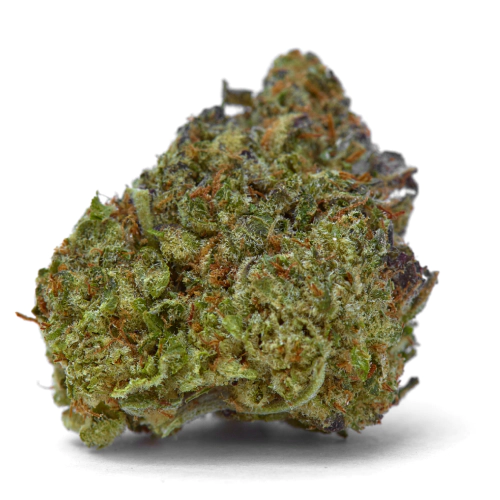
THC 18.25 - 21.25%
CBD 0.32 - 0.74%
Effect Sleepy
Flavor Spicyherbal
THC 10.97 - 15.6%
CBD 0.14 - 1.38%
Effect Uplifted
Flavor Earthy
THC 13 - 16%
CBD 0.58 - 1.11%
Effect Giggly
Flavor Mint
THC 14.5 - 20%
CBD 0.06 - 0.33%
Effect Concentrated
Flavor Spicyherbal
Recent Strains
THC 6.88 - 8.88%
CBD 12 - 18.5%
Effect Focused
Flavor Lemon
THC 23 - 24.5%
CBD 0.39 - 0.55%
Effect Giggly
Flavor Pine
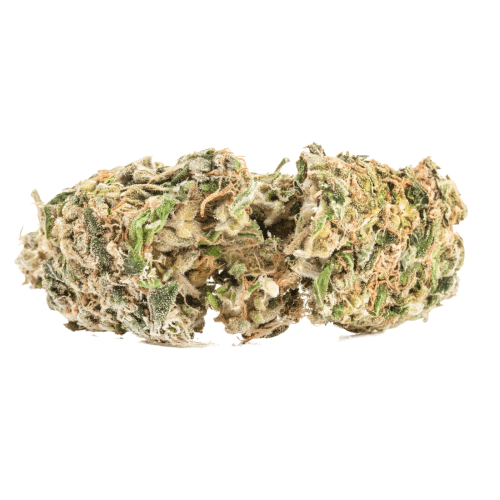
THC 19 - 22.33%
CBD 0.4 - 0.83%
Effect Concentrated
Flavor Lemon
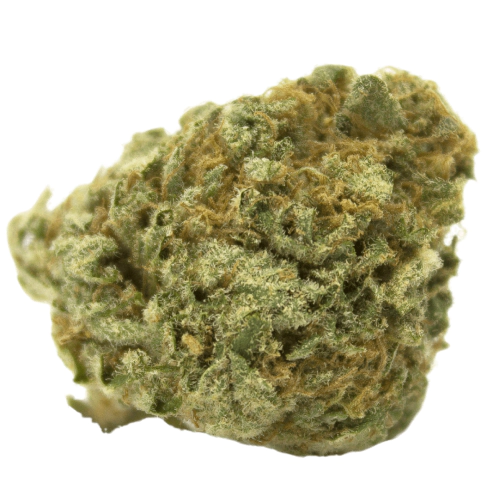
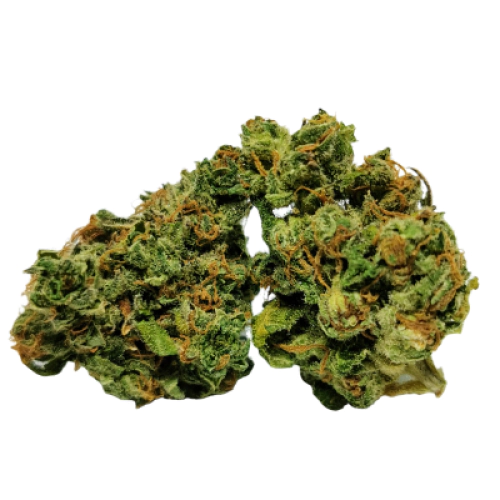

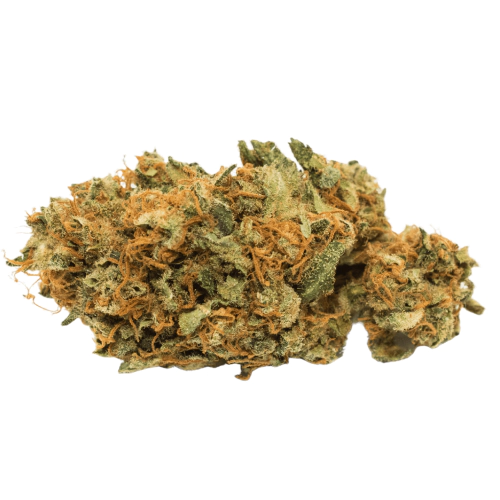

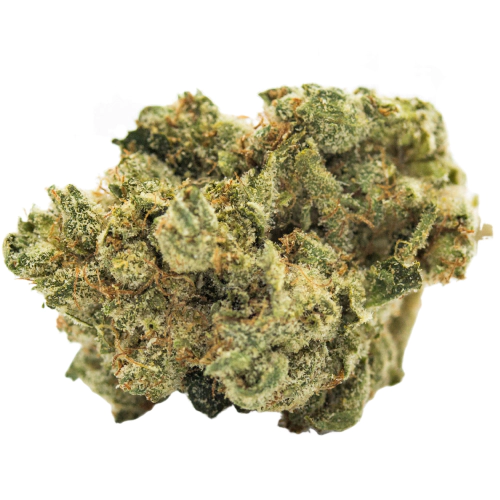

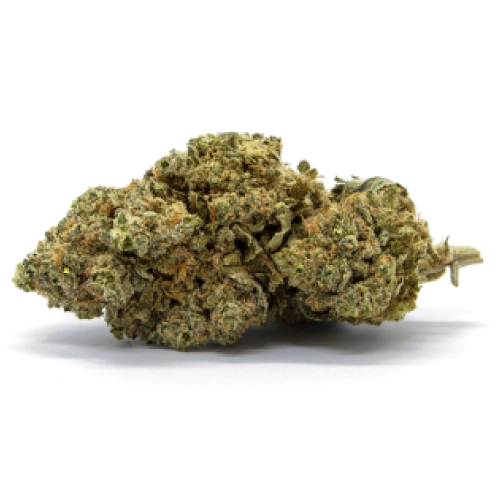
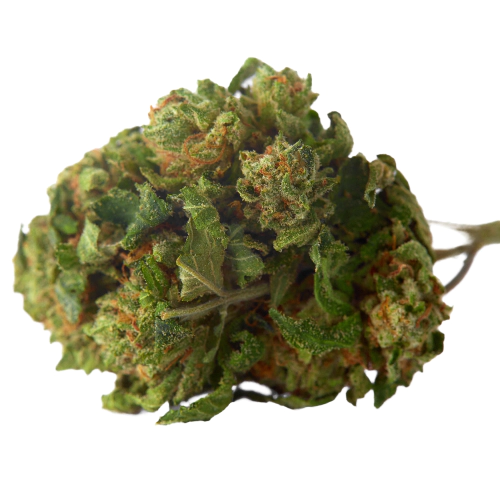




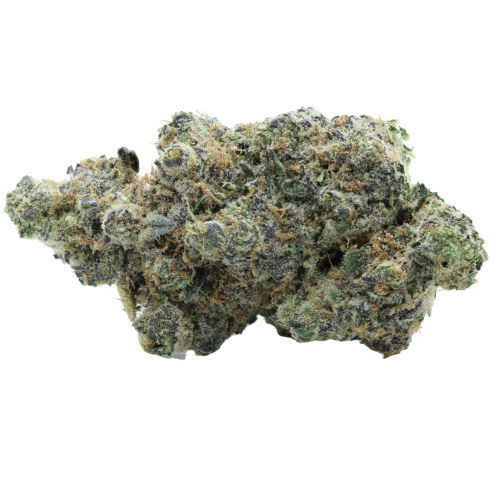

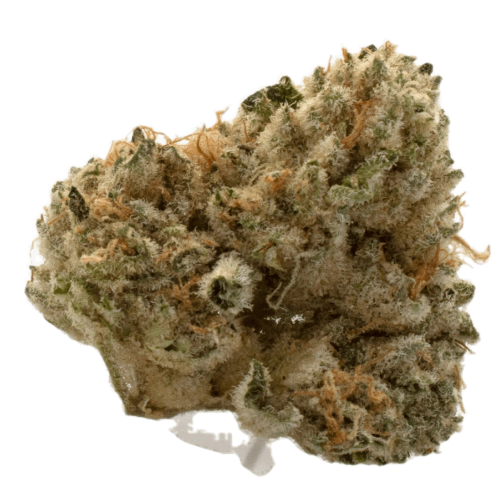
Be the first and share your opinion
Write a Review